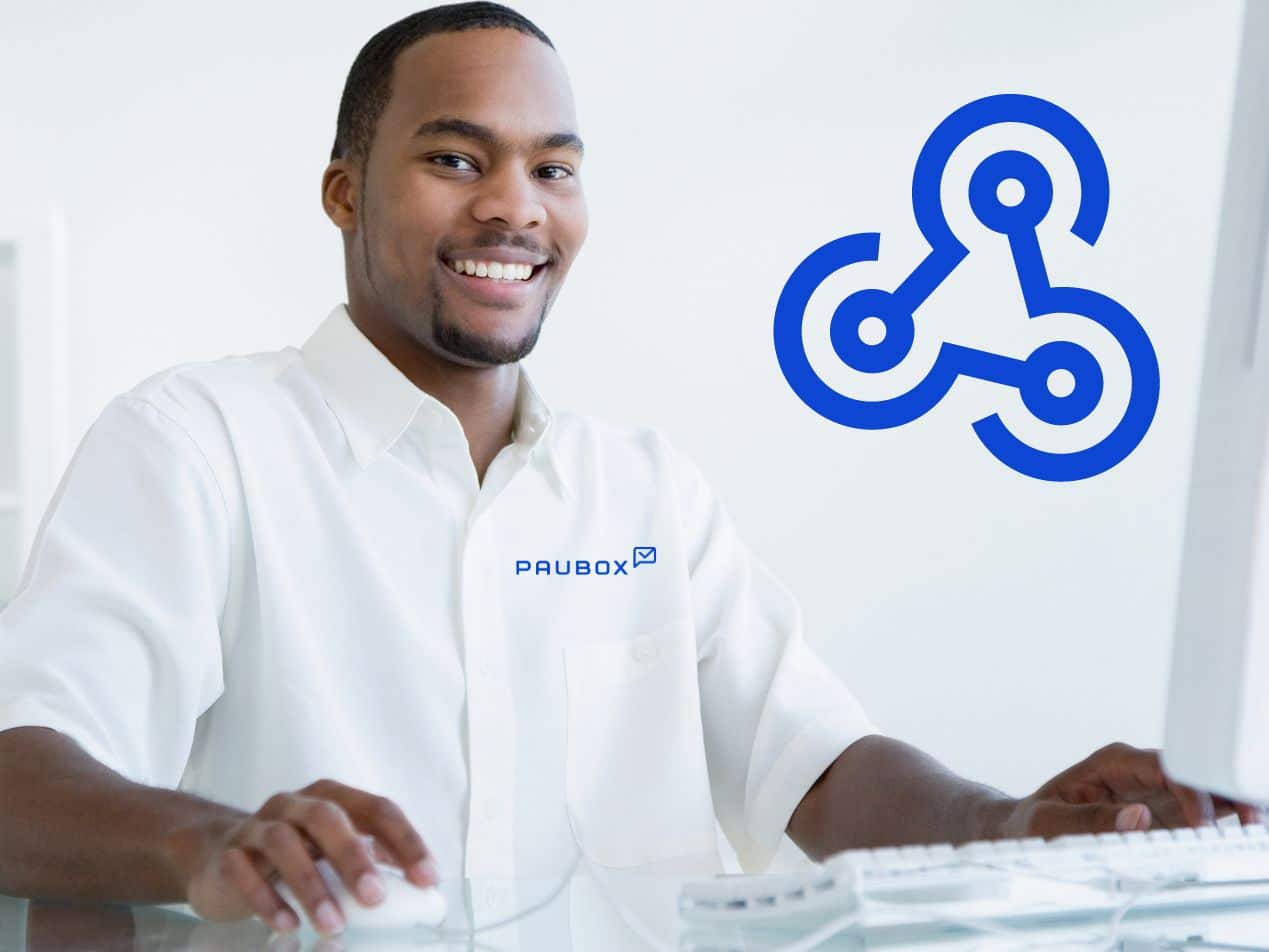

Find out how easy it is to use Paubox Email API webhooks
Many services like Slack, Stripe, Teams, Zapier, Tray.io and others already have the option to generate a webhook URL and receive data from HIPAA compliant APIs like Paubox.
Webhooks are extremely useful to send and receive data between two services. They are reactive, which means that you don’t have to manage an always-on connection. This reduces the time spent on development, the amount of data used and the potential for errors during transfer.

See the image above to understand a bit more about webhooks. There are two systems, A and B. System A sends an API request on the occurrence of an event based on its configuration. System B processes that request and sends a response back to System A. There is no need to constantly poll for new data since the mechanism is completely event-based.
SEE ALSO: Paubox Email API Quick Guide
How to set up a Paubox Email API webhook
To set up a webhook in Paubox, follow the steps below.
- Log in to your Paubox account.
- Click on Webhooks from the left menu bar.

- Click on the Add button. This opens a new modal on the screen.

- Enter a domain name and select an event type from the drop-down. There are four events you can choose from: Opened, Delivered, Temporary Failure, Permanent Failure. This event triggers a request from Paubox to the domain you have chosen.
Testing Paubox Email API webhooks without a domain
You can use the Webhook Site to obtain a free test URL if you don’t have a domain. Visiting the website automatically generates a unique URL and an email address. Copy the unique URL (but not the email address) when adding to Paubox. Every time you use our secure email API to send an email, it triggers a webhook and shows up on this page.

SEE ALSO: The 5-minute guide to Paubox Email API
Common use cases for webhooks
You can use webhooks in many cases. They are very open-ended. You can use them in situations where you want to confirm you've delivered a message or whether you've sent it from your end.
It is important to get a sense of what others might want to use webhooks for. To understand that, you can ask questions like:
- How do you monitor email deliverability internally? Are there Slack channels or other triggered notifications?
- How do you track important lead signups (i.e., signing up for a demo or scheduling an appointment)?
- Do you intend to track email deliverability in an external database?
- What happens after you send an email on your site/app currently?
Notifications
To highlight potential issues in deliverability in services like Slack or Microsoft Teams (if a message wasn’t delivered or sent out properly), this would come up as a notification or system message on Slack or Teams. It might say something like ‘Message failed to send’ with the response data. You can use middleware services like Tray.io to do this, which is HIPAA compliant.
Follow-ups
Engineers may build out internal processes for:
- What to do in the event an email is not sent out
- A follow-up if it is sent successfully
This would include scheduling a new message based on the send status of the old one.
Campaign analytics
You may also use webhooks to successfully track total sends or unique sends for sign-ups, marketing initiatives, etc.
Workflow streamlining
Sending and delivering information to a central database can potentially be a slow or difficult task to maintain. Using webhooks, developers can send information and scale it without having to maintain lots of custom code. In cases where they are using custom code, webhooks can be an easy replacement that can push deliverability data to the database and improve maintainability.
Subscribe to Paubox Weekly
Every Friday we'll bring you the most important news from Paubox. Our aim is to make you smarter, faster.



